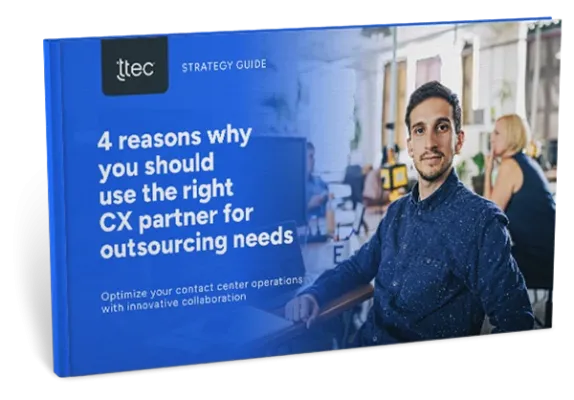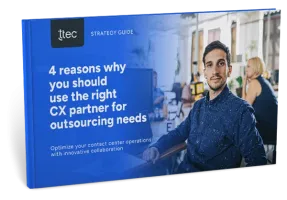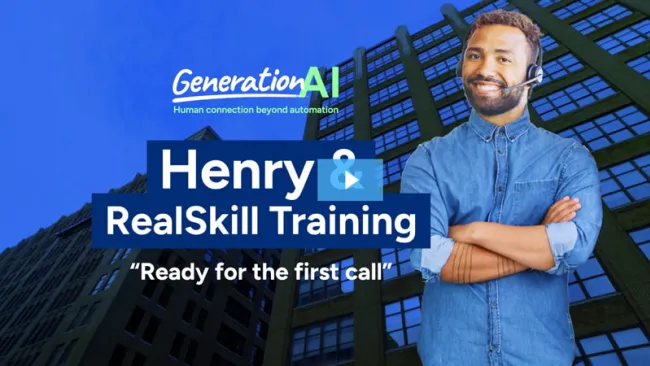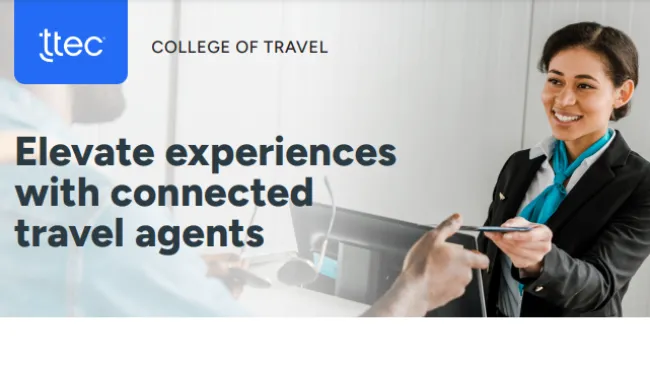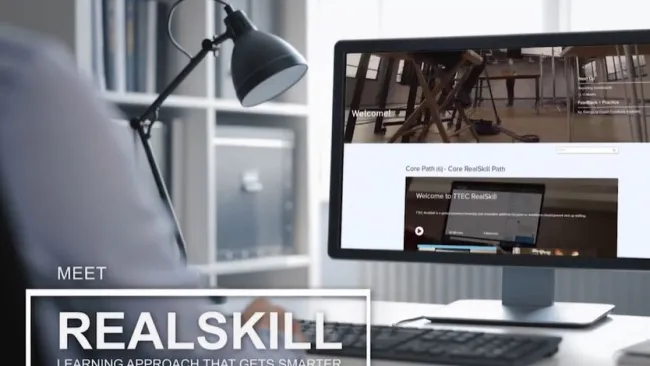Instead of gasoline-guzzling vehicles, more consumers are driving electric vehicles (EVs) off the dealership lot than ever before. EV sales are growing at a rapid clip as consumer interest in sustainable products and air quality increase and automotive manufacturers deliver a wider range of EVs at different price points. In addition to zero tailpipe emissions, EVs offer more efficiency than traditional vehicles, lower energy costs, and require less maintenance.
Driving an EV is one thing—but the purchase and ownership experiences are another. Many consumers need help navigating the different electric makes, models, and vehicle types, not to mention learning how to charge the vehicle. The current customer journey is complex with many different parties involved and has multiple handoffs, points of friction, and potential points of failure.
This is a prime opportunity for car manufacturers and other automotive players to improve the EV customer journey and build strong customer relationships. The companies that are proactive in delivering an excellent customer experience during and after the purchase process will have the advantage as EV adoption grows. Here are 3 ways to help potential owners get comfortable with EVs as a viable long-term option.

EVs are hitting the road
Annual global EV sales reached 3 million in 2020—a more than 40% year-over-year increase—with 46% of fiscal-year sales coming from Europe, 39% from China, and 12% from North America, according to the World Economic Forum. Favorable government policies and growing consumer concerns about climate change were the primary drivers. Complementary markets such as the charging market are also experiencing rapid growth. The UK’s EV charging market is expected to grow by 29% year-over-year through 2030 according to Delta-EE, an energy market research consultancy.
While consumers are quickly warming up to the idea of driving an EV, there’s a learning curve to setting up the right environment for owning and maintaining one. Common steps include getting a home charging station installed, locating local charging stations, and troubleshooting potential issues, such as a defective battery.
Drivers will expect customer support specialists to provide the advice they need to solve their problem quickly and concisely. Not having the tools or processes to provide the right support is frustrating and could undermine the auto brand and profitability. This is where auto companies have an opportunity to be the hero in delivering a seamless omnichannel, end-to-end experience across the full customer lifecycle.
1. Make the post-sales experience effortless
Most companies understand the importance of providing ample assistance during the pre-sales and sales stages. Where OEMs and others stumble is not delivering an equally effortless post-sales experience. This is a lost opportunity, especially when many EV car owners are requesting assistance.
We see more complex EV post-sales calls into the contact center among our clients compared to calls about traditional internal combustion engine (ICE) vehicles. EV calls are largely about cost of ownership, batteries and charging (installation and maintenance of home charging points), and vehicle range queries.
What’s more, EV post-sales calls take 2.2 times longer on average than their ICE counterparts. For EV we are seeing charging/connected inquiries at 900 seconds versus 400 seconds for an ICE vehicle. This perhaps is not surprising, as most auto manufacturers will expect to receive calls not just about their car but about troubleshooting problems with charging infrastructure, for example. What is notable is that the percentage of EV calls containing negative sentiment is 50% lower than ICE calls. This means that EV drivers are not necessarily calling with a complaint; many are looking for a trusted advisor—a prime opportunity for OEMs and dealers to earn customer trust and goodwill.
Simplifying the post-purchase customer journey by reducing effort, such as by making it easy for customers to receive prompt support at their convenience, is key to providing an exceptional experience. Also, by building partnerships with energy and charging point providers, OEMs can provide customers with convenient access to a broad network of maintenance options while serving as the central contact for managing any issues they experience. Helping EV drivers solve problems and issues as easily as possible will be critical in building loyalty and advocacy among current and future drivers.
2. Ensure customer support teams have the right training and knowledge
Knowledgeable and empowered associates are integral to delivering superior customer support. In the relatively new EV market, drivers will be contacting customer service agents for assistance with a wide range of issues, from troubleshooting problems with charging infrastructure to determining the car’s range and more.
The relationship between human associates and technology has never been more critical. Customers will expect a seamless experience across the different channels that they utilize for support, including phone, chat, messaging, and sometimes the vehicles themselves. Data integration and an omnichannel strategy are key to ensuring that when customers interact with the auto company via multiple channels such as a messaging app, email, and phone, the associate (or bot) can quickly identify the issue and provide the right solution.
Having systems in place that automatically collect data from both vehicles and customers (for example a bot could ask a caller preliminary questions) will also save time and increase productivity. This way, associates can run diagnostics and provide specific advice to customers efficiently and effectively.
A robust knowledgebase and training are also essential to delivering smooth support. Comprehensive training combined with a knowledgebase that is regularly updated are necessary to ensure associates stay abreast of new developments in the rapidly growing range of technologies involved in EVs.
3. Proactively educate and allay customer concerns
EVs offer a host of new customer touchpoints from the pre-sales to post-sales journey. Delivering valuable information and proactive support at those touchpoints is a smart way to build strong customer relationships.
For most consumers, this will be their first EV. Act as an advisor by providing info sheets on what to know about the car’s battery and charging equipment, as well as what to do if a problem arises. Providing an overview of the vehicle and customer analytics, along with decision-making tools that proactively maximize vehicle uptime (i.e. help the car run longer) also reassure customers that they’re not alone once they drive the car off the lot. Explain how utilizing data to identify issues as quickly as possible and proactively solve the problem will also reduce customer effort and impact.
Allaying customer concerns and equipping them with the right tools and contact points delivers a more positive overall conversation for EV customers as they navigate a new environment. Proactively educating customers about EV ownership could also help reduce the complexity and duration of calls as consumers become more knowledgeable.
Own the EV road
EVs represent a new chance for auto manufacturers, dealerships, and other automotive players to build relationships with drivers, but there isn’t much time. Companies need to move fast to deliver standout experiences that turn customers into brand advocates before their competitors do. Reducing customer effort via omnichannel support and knowledgeable associates from the pre-sales stage through post-sales creates a differentiated experience that drives loyalty—today and in the future.



